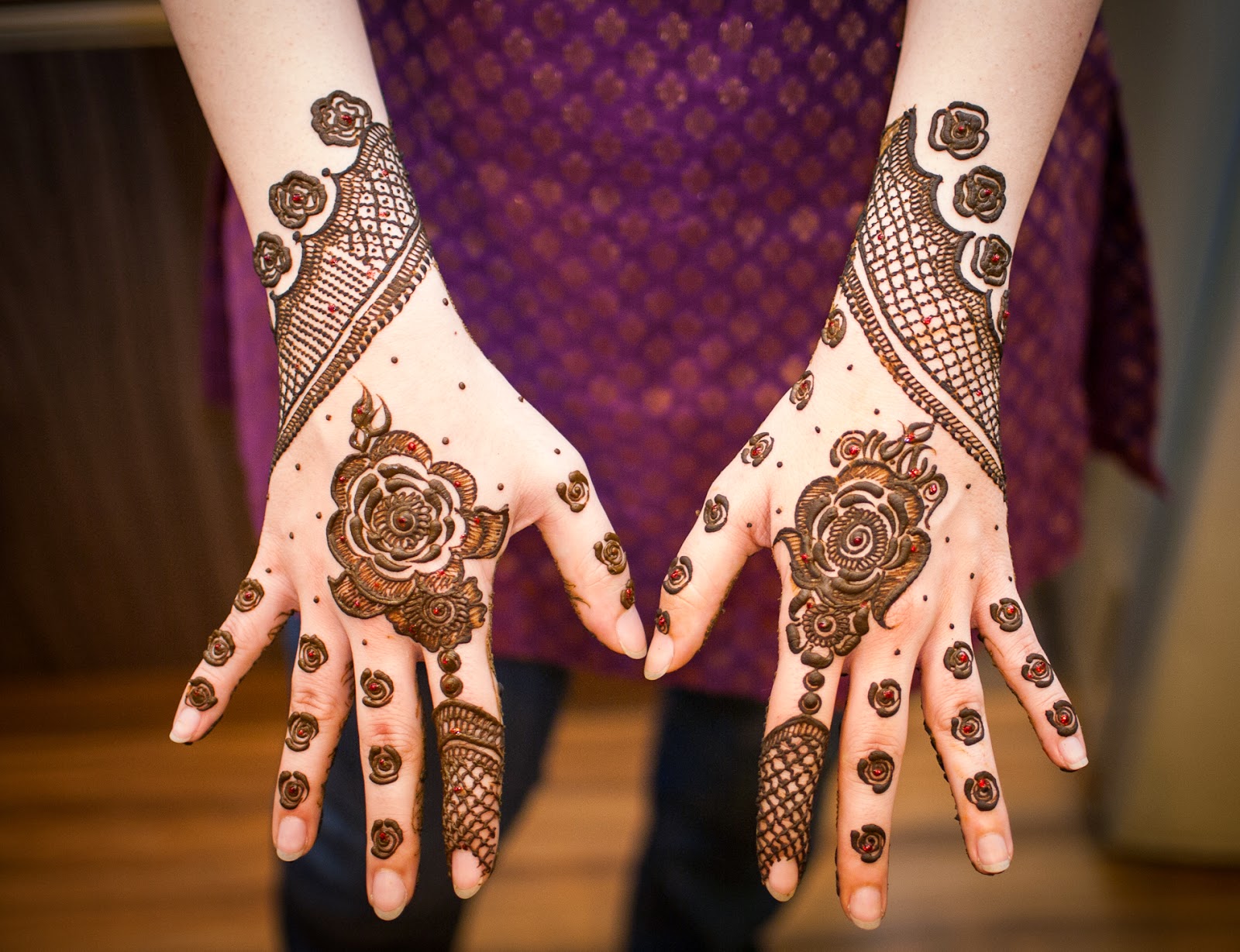

It's Sudasa's turn to pick a husband through this 'fair' method, but she's not sure she wants to be a part of it"- |c Provided by publisher. |a "In a dystopian future where gender selection has led to girls outnumbering boys 5 to 1 marriage is arranged based on a series of tests. The design team at Random House has taken the beautiful henna from the cover and splashed it all over each of the chapter headings, and it’s just a delight to see when you’re reading.|a 5 to 1 : |b a novel / |c Holly Bodger. Ok, I know this isn’t really a reason to READ a book, but man, are the pages of this book beautiful. I actually enjoyed Contestant Five’s spare prose more.Īlso, speaking of poetry: Sudasa herself is obsessed with William Blake’s poetry, so you’ll see quite a few references in the novel, and that’s a bonus for me! I enjoyed the verse parts, but I thought a few of the typographical choices used were a little heavy handed (changing the margin to the right when Sudasa talks about “stage right”, etc). It’s just another way that the author shows how castes and privilege divides people.


This separation feels like an homage to Shakespearean plays, where often the higher-born people would speak in verse, while the lower people spoke in prose. One of the coolest things about this novel is that Holly Bodger writes Sudasa’s sections in first person verse, while the main boy in the novel (known only has Contestant Five) speaks in prose. Female children end up abandoned – and if it got to an extreme, I could see this “solution” happening.īut what’s even more interesting about this concept is how even current issues with sex and gender come to light when placed side-by-side with the world of Koyanagar. What’s scary about this world is that it could actually happen – China already has a one-child rule, and families there are often obsessed with having sons that can bear the family name. The women who run this gender-dominated country purport to have solved the problems of society by revering women and subjecting men to physical labour or servitude. Sudasa’s country, Koyanagar, is one where men outnumber women five to one – thus, the need for more importance placed on women and child-bearing. It was easy for me to relate to these cultural trends – in fact, some of them were so ingrained in the characters (and me!) that I didn’t notice them until they were pointed out by the protagonist. You probably already knew it from the synopsis, but not only are the characters not Caucasian, they’re also living in a future where Sudasa’s family has maintained some of the cultural trends that I saw growing up in an Asian family: that is, emphasis on saving face desire for status and money, the importance of doing everything for family, and obeisance to elders. Here’s why you should make 5 to 1 your next read:


 0 kommentar(er)
0 kommentar(er)
